Skills for the Bills: Prioritizing Your Development and Preparation
Skills for the Bills: Prioritizing Your Development and Preparation
I assume the vast majority of regular ITS readers are here because they’ve recognized the importance of skills, preparedness and competency when it comes to navigating the unexpected and sometimes destructive curveballs life throws our way. A significant portion of you are probably civilians (like myself) who have taken personal responsibility to its logical apex; meaning you’re not betting your life or limb on someone else showing up to save you in an emergency.
The world of Mad Max makes for an awesome movie, but I don’t want to live there. We all owe our Police Officers, Firefighters, EMT’s and other first responders our gratitude, as the long hours they put in working tough and typically low paying jobs mean the rest of us enjoy a civilization that’s a little nicer and safer. However, their service does not guarantee a happy or even survivable outcome for you and yours in the event of an emergency. Whatever their reasons are for doing the job, I would also argue that each of us has an ethical responsibility to prevent ourselves from becoming victims. That way someone else doesn’t need to risk their neck to save us.
A crisis can appear in many forms. It could be a natural or man-made disaster, a bad accident or human violence. Whether from happenstance or malevolence, it won’t make much difference ultimately if the outcome is death or severe maiming. With time and resources being very precious commodities for most folks, choosing which skills to prioritize developing and which to omit is very important. Especially considering that when Mr. Murphy comes calling, he’ll do so unannounced and won’t even grant you the courtesy of sending a program first so you know what to expect.
Bottom Line Up Front
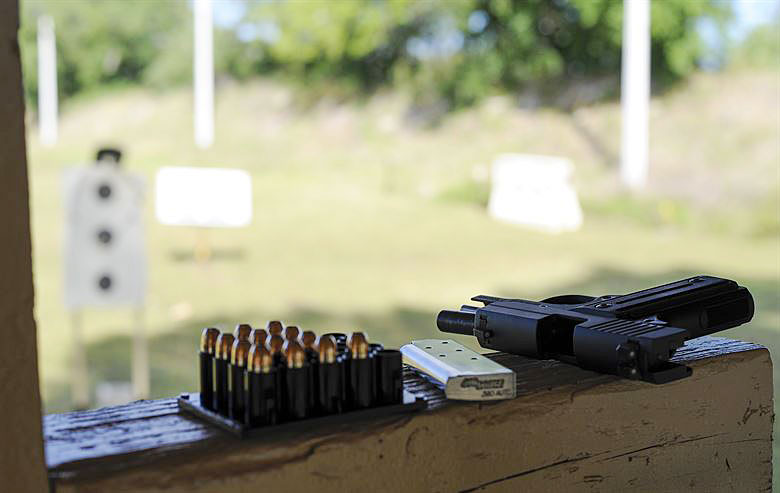
It’s my sincere fear that most of us (your intrepid author included) spend too much time, money and effort on discussion, practice, training and equipment that’s not optimized for solving the likely problems we’ll face in a real crisis. At best, we could be the right man or woman for the job in a situation that’s so bafflingly unlikely to occur. At worst, we’re utterly and negligently wasting time that could’ve been spent on genuine life-saving skills.
Shooters who claim to be dead-hard serious about defense and readiness will spend a mountain of greenbacks on the latest gun, gadget, finish or modification, but balk at a $400 pistol class when a good teacher is in their neck of the woods. That same shooter will also often prioritize a more interesting or exciting, but less practical class over an “already done that” fundamentals class that would ensure their essential skills are where they need to be. Those are skewed priorities if you ask me.
I swear I’m not trying to be the Stop-Having-Fun Guy. I’ve been neck deep in guns and gun culture since I was a wee one and it’s that passion and subsequent skill that led me to determine I was “ready” for Bad Things™. However, that one-sided proficiency blinded me to some glaring deficiencies in my game. I heard it said by Pat Rogers (may he rest in peace) that “We are all victims of our frame of reference.” He knew that hubris and a normalcy bias will set you up for a fall.
So what should a serious and dedicated do-gooder civilian do to assess and shore up weak spots in our skill-sets? Like all good strategies, you start with the desired end-state and work backward to reverse engineer your plan. Below, I’m going to outline procedures, concepts and considerations I think your average, gun-toting civilian would do well to heed. I’m basing this information on my personal experiences, observations and shortcomings. Much of it is “common sense” that’s all too easy to overlook in the quest for shorter split times. My intent is simply to get you to perform a sincere, no-mercy self-assessment based on your situation, as well as your needs and then redirect your energies accordingly so you’re better prepared according to your station in life.
What’s at Stake?
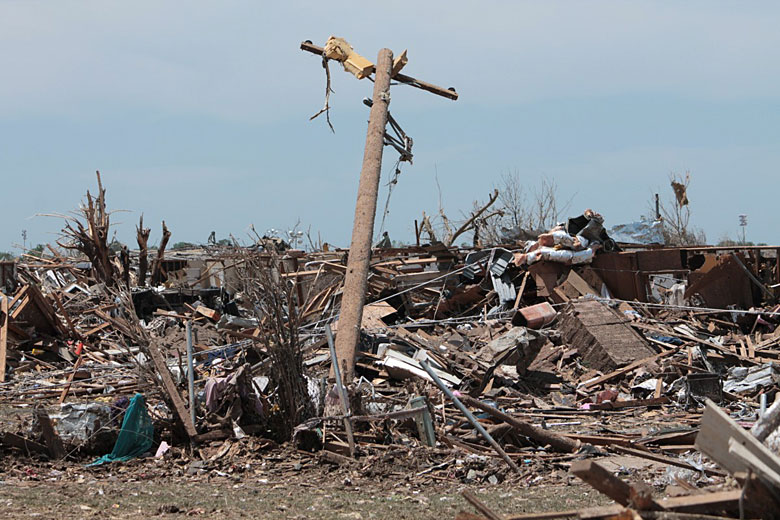
For the average citizen, our needs and priorities as spouses, siblings and parents are different than an on-duty Law Enforcement Officer or snake-eating Military operator. Our responsibilities, our missions, if you’ll allow it, are to keep our families and loved ones safe, as well as ourselves safe for their sakes. That’s the basis.
Don’t misconstrue that as a to-hell-with-everyone-else mentality. That’s not my sentiment at all, but risking life, limb and incarceration on behalf of a stranger at the potential expense of your own kin is an intensely personal choice.
It’s also one you should answer honestly to yourself before you ever leave your house again. However I don’t think I’m assuming anything when I assert most of you reading this right now are generally good, principled people who don’t want to see evil done in your presence or see someone suffer for no reason.
I’ll also assume that most of us have chosen to arm ourselves, most probably with handguns and occasionally a few long guns for various roles. Chances are also good that the bulk of our preparation revolves around building skill and fluency with the handgun. This is hardly a personal sacrifice for the bulk of the congregation here considering that shooting, collecting, talking and reading about guns is a significant recreational pursuit for many of us.
Right on! But have you considered the idea that your affinity for training with a certain gun may not be in your own best interest? Have you wondered if the ceaseless pursuit of skill with guns to the exclusion of all other skills has left you weak and imbalanced when it comes to well-rounded, holistic readiness? Can you shoot a flea off a peach with a scoped rifle at 500 yards without disturbing the fuzz, but drawing your pistol from concealment is so slow I can time you with a calendar? Have you taken more gun classes than you have first-aid and trauma classes? Uncomfortable questions for sure, but it’s gut-check time.
Training to Meet Likely Threats
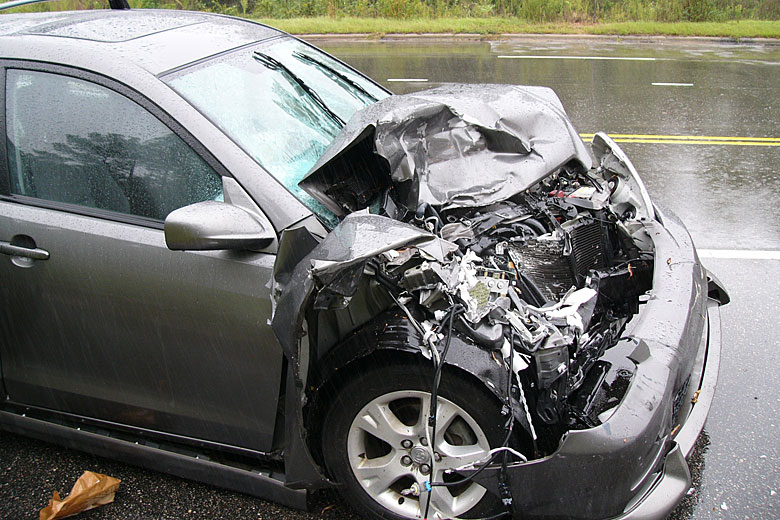
As I mentioned above, a threat to life and limb won’t necessarily be a masked bad guy in the living room at 3 a.m. It likely won’t even be a person at all and instead will be an accident of some kind or another. Calculating the chances that you or a loved one will be imperiled by a car wreck, slip, trip, fall, power tool, electrical mishap, animal attack, kitchen misadventure, workplace accident, fire, natural disaster or some other occurrence is a feat of algebra beyond my brain, but I know better odds when I see them.
That’s a roundabout way of encouraging you to step up your medical skills! The odds that you’ll need to bust out some trauma care know-how or other first-aid training is an order of magnitude higher than the chance you’ll need to shoot someone in self-defense. In fact, the chances of mishap or negligence resulting in a hole appearing where you didn’t want one (in either a buddy or yourself) are high enough alone to make basic trauma and gunshot treatment skills mandatory. You don’t need to be a surgeon, but you should know how to treat a variety of lacerating and penetrating wounds, burns and broken bones. You should also know basic first aid and CPR. It isn’t hard to think of a scenario where seconds count and you are your own first responder.
Nonetheless, we must also be prepared for dealing with human predators. They might be deranged, evil, or just plain mean and hateful, but humans have been hurting each other since before history was recorded. A fair number of us are probably good in the gun skills department, but skill with a gun is only one piece of the puzzle.
Do you work hand-to-hand and conflict de-escalation skills? Have you considered adding a force option between fists and guns to your repertoire, like pepper spray? Have you sought training and education on appropriate use of force according to your state and local laws? Have you prepared financially and sought counsel for the legal circus that will surely follow a shooting or serious fight? Many of these skills and preparations aren’t cool, fun or social media worthy, but they’re vital. In the next section, I’ll list a few quick points you should consider when assessing your own practice and training.
Guns and Other Force Options
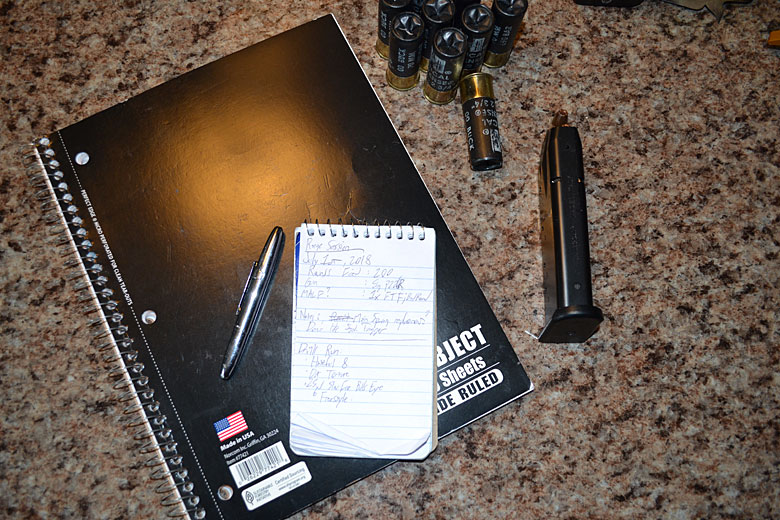
Are you spending most of your practice time and ammo working out with your primary defensive handgun and long gun? If you’re not emphasizing developing skill with your primary weapons (typically your handgun and if applicable, home-defense long gun) you may be wrong. Do you work handguns from concealment or only from open carry? Are you actively budgeting ammo for skill maintenance and money for continuing education in classes? Getting professional training and then forgoing skill maintenance is foolish; if you aren’t constantly sharpening that edge, it becomes duller and duller.
Heading to the range without a plan for growth through practice is suboptimal. You should know what technique or fundamental skill you’re working to develop before you walk on the firing line and be able to measure your performance to track results.
Your chances of needing to use words, fists and feet as an appropriate level of force instead of a gun are high. Learn how to de-escalate confrontations verbally and handle yourself in a physical altercation. Boxing is a good foundation. Guys are notorious for not wanting to carry pepper spray, but it’s one of the very best less-lethal ranged options out there and one of the only really viable ones for the average Joe. Greg Ellifritz and Chuck Haggard have both been laying down some really good info on the spicy sauce lately, so look into it.
Medical
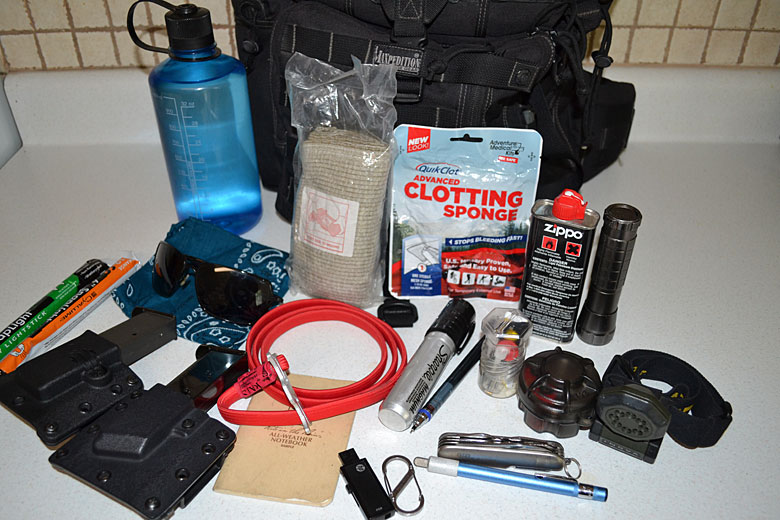
As mentioned above, you stand a much higher chance of needing to fix someone versus break someone. If you’re playing the odds properly, you’ll have the know-how and tools to go hands-on in an emergency. The idea is to stabilize someone until professionals can intervene and take over, or you can get them to proper medical care. I was seriously deficient here for a long time and thinking back on it, if you sprang a leak around pre-2015 Chad, you may have taken your chances versus endure my lackluster homebrew methodology.
With modern first aid kits and trauma supplies being more compact, affordable and accessible than ever, you have few excuses for not owning them. If you’re wise, you’ll look into ways to carry at least rudimentary trauma supplies on you. Think about a tourniquet and roll of hemostatic gauze at the least. ITS has a number of articles on first aid and medicine and also offers smartly assembled compact trauma kits at good prices, as do others. Don’t be like I was; get trained, get the kit and keep it handy.
Supplementary Skills, Education and Preparation
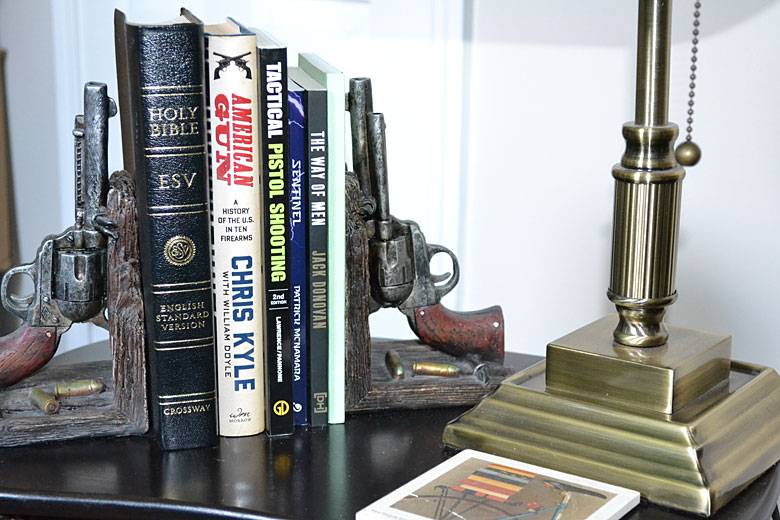
Most Americans will spend a significant amount of their lives in an automobile, hurtling down the highways inches away from other automobiles. The amount of carnage and death resulting from wrecks needs no quantifying. Have you considered taking a performance driving course? Barring that, just a defensive driving course? Again, it’s not cool or interesting for many compared to trigger pulling, but learning how your daily driver handles at extremes is precious knowledge. Many wrecks are avoidable and if they aren’t, the right choices prior to impact can greatly lessen the severity.
Have you undertaken any preparation to endure a major disaster? Do you have a dedicated stash of water, food, medicine, lights, clothing, hygiene and sanitization supplies? Sure, defense is important when society breaks down and the lights go out, but you can’t eat ammo. There’s more to surviving a grid-down scenario than fending off looters and rampaging scumbags. Knowing you and yours are going to be snug as bugs for at least two weeks after The Big One is a relief and it’s your responsibility.
Conclusion
We all like to work on the things we enjoy and are already good at. We also like to tackle challenges, real or imagined, that are stimulating. However, the fact is that much of the preparation and many of the skills that coalesce into readiness aren’t fun, cool, or exciting. They’re just work and will feel like work.
I challenge all of you to put your ego aside and perhaps sacrifice some fun and actively pursue shoring up your weak spots with vigor and discipline. You may resent the boring times you spend away from the rifle range now, but I promise you’ll feel like the hero when the time comes to put those “boring” skills to work.
Editor-in-Chief’s Note: Chad Nabors writes about firearms, with a strong focus on concealed carry, pistols and daily preparedness. His background is in commercial sales, training and armor development and testing. He’s trained many citizens on the pistol from basic to advanced skills and resides somewhere in Greater Appalachia, where he still rocks a classic double-action SIG. He hates low-quality guns and never wears camo. You can reach him at [email protected]
Photography by Ben Stephens of One Seven Photography.







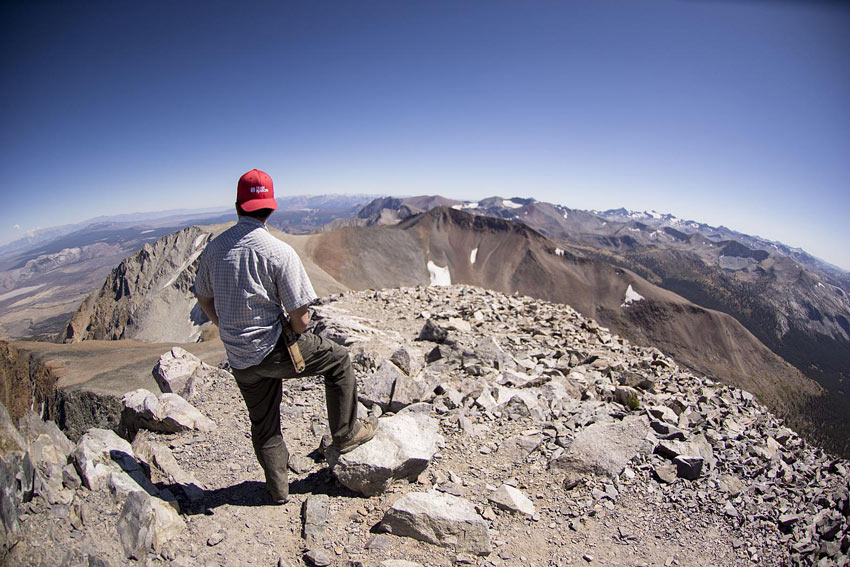
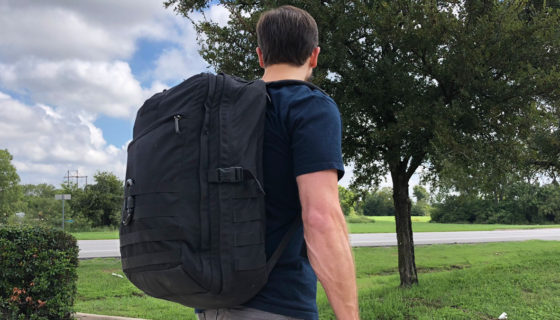


Discussion